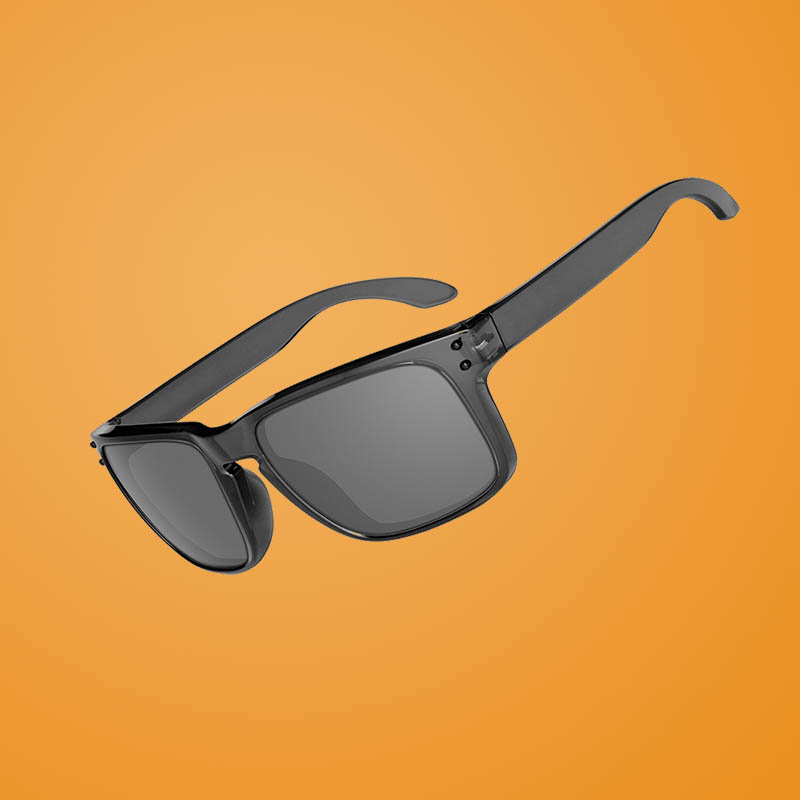
By: Atharv P.
Year: 2024
School: Fairmont Private Schools, North Tustin Campus
Grade: 8
Science Teacher: Joshua Riturban
The challenges faced by visually impaired individuals often require the support of innovative technology to facilitate daily tasks. Atharv’s OCSEF project aims to bridge this gap by creating a device that enhances the lives of the visually impaired. The prototype Atharv built is equipped with advanced features that incorporate machine learning, connectivity options, and user-friendly voice commands.
Atharv’s prototype uses a Convolutional Neural Network (CNN) to perform a variety of tasks essential for aiding the visually impaired. The CNN enables the device to:
- Detect objects in the environment.
- Recognize faces for better social interactions.
- Identify emotions to gauge the mood of people around the user.
- Distinguish colors for improved context awareness.
Atharv included voice command capabilities, making the device intuitive and easy to use. Users can:
- Change languages for accessibility in different regions.
- Make calls and send messages with simple voice prompts.
- Request location information and control object detection.
The device features GPIO control with a button that, when pressed, allows the user to issue voice commands.
Atharv’s project underwent rigorous testing to ensure consistent performance across various features, such as language changing, calling, messaging, and location tracking. The device’s efficiency was demonstrated, showcasing its ability to adapt to different environmental conditions.
During the making of the project Atharv found out that there are opportunities for further improvements:
- Enhanced Hardware: Upgrading the hardware could lead to faster detection speeds and greater stability.
- Wearable Technology: Transforming the prototype into a wearable device would increase its practicality for the visually impaired.
- Broader Testing: Gathering feedback from a larger group of visually impaired individuals would provide valuable insights for further enhancements.
- Applications in Bionic Eyes: Exploring the integration of this technology with bionic eye advancements could open new possibilities in assisting the visually impaired.
With ongoing refinement and expansion, this device has the potential to revolutionize the way visually impaired individuals interact with their environment and navigate daily life.
